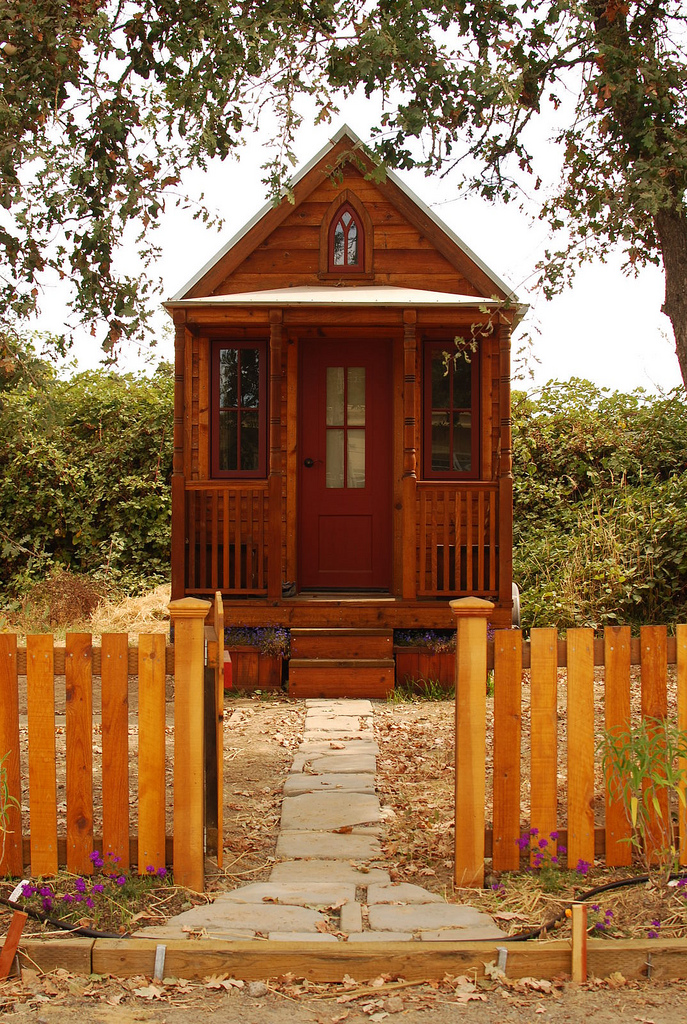
Image Credit: Nicholás Boullosa / Flickr
Interest in houses of only a few hundred square feet has picked up in the last several years, with owners and designers praising their simplicity, efficiency, and and financial advantages. Websites like The Tiny Life offer guidance for escaping the tyranny of a big mortgage with a move to the “the tiny life.”
But the country’s big production builders aren’t as impressed. A survey of big builders by ConstructionDive found they’re sticking with what they know best: bigger, more conventional houses with more attractive bottom lines.
“Despite all the attention on tiny houses and the success of some small builders, almost no major homebuilding companies have latched on to the movement and tried out their own line of tiny houses,” Emily Peiffer writes.
The reason, says KTGY executive director Nick Lehnert, is that most big homebuilding companies are “square footage driven” and remain committed to building large houses, not spreading out a larger number of smaller homes.
High land costs don’t favor tiny houses
Brian Johnston, chief operating officer for Mattamy Homes, said that given high land costs, “ground-oriented housing” is inefficient. “The answer is going up in the air, not trying to cut construction costs by building smaller homes,” he told the website.
A number of well-publicized tiny-house communities have been built in the last couple of years (see the links in the “Related Articles” box), including projects in Maine, Texas, and Washington state. D.R. Horton, the country’s biggest house builder, experimented with a community of 29 “micro-homes” homes ranging in size from 364 square feet to 687 square feet called Division 43. Prices for the net-zero energy houses started at $100,000.
The project was apparently successful, but the company didn’t try a repeat, nor have any other production homebuilders. Most large homebuilding companies contacted by ConstructionDive said that the tiny-house market was a “niche” that doesn’t affect them.
“The problems are the cost to construct,” Lehnert said. “I think that builders shy away because no one has designed a production-esque type of tiny house. Most builders are staying with the traditional.”
Industry consultant Peter Dennehy said that production builders seem to be favoring even larger houses than they were constructing before the housing bubble burst. Parts of the market that are the strongest are the “55-plus” market and the market for those looking to move up — not a trend that would seem to favor tiny houses.
“Millennial” buyers (those born from the early 1980s to the early 2000s) would seem to make a good target audience for tiny-house builders, but they are more likely to rent housing than they are to buy. They rent for an average of six years before buying, ConstructionDive said, which is twice as long as renters waited in the 1970s.
Although large homebuilding companies are not jumping on board, Lehnert said that his own company, an architectural and planning firm, would devote more attention to tiny houses. He’s confident the tiny house trend still has legs, but Johnston thinks it’s all about the economy: until the economy grows stronger, smaller houses will continue to look attractive.
“If income growth does not pick up, the fad will continue,” he told ConstructionDive. “Thus, it is all about the wider economy.”
Weekly Newsletter
Get building science and energy efficiency advice, plus special offers, in your inbox.





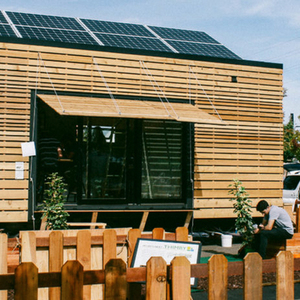
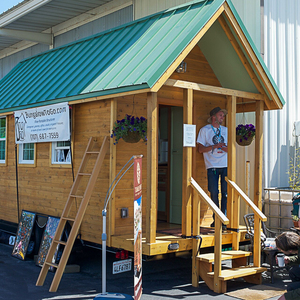
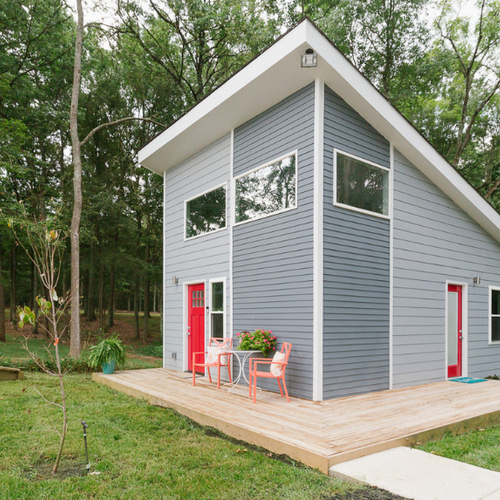
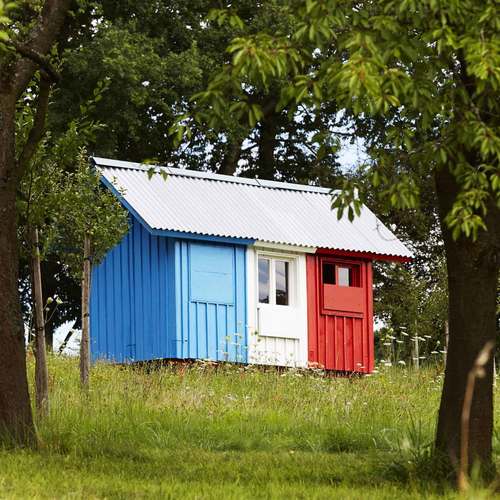






7 Comments
No surprise. Tiny House is a fad
Land is just too expensive (Valuation problems), Fixed costs are too high, and homeowners can usually get better bang for their money buying a townhome (more GLA) or condo (more convenient).
Where are the wheels
It's really hard to know what we are talking about when we discuss Tiny Houses. Both those built on foundations and those built on trailers get lumped together due to their size, but are completely different animals. Neither make much sense except in very individual circumstances - which builders appear to have figured out.
Tiny houses are experiments
I am glad to see a few people taking downsizing to an extreme. When they do, they have to develop new solutions to get past some of the barriers they encounter. Some of those solutions may be applicable to mainstream houses. If some of those solutions make mainstream people that previously would have wanted 2000 ft^2 be happy with a 1500 ft^2 house, then the national impact is huge.
I feel the same way about Passivehaus. The direct impact of building a fraction of a percent of houses so that they use 10% of the normal amount of energy is pretty small. However, we learn a lot in the process. if we apply what is learned to reduce the energy use of mainstream houses by 50%, the effect is huge.
Lack of city hall support
Lack of city hall support makes these homes difficult to place, you can't legally build them in most of north america unless its on wheels, and no city officially allows you to easily park them anywhere, Until they are legalized and supported they can't really go mainstream.
I really like Tiny Houses
My only real concern is that I don't think SFHs are great from a land-use perspective. Maybe if tiny houses were moved really close together, or, once the technology was available, they could be stacked vertically. Then we could put a bunch of tiny houses on a small-ish urban lot near some public transit infrastructure. Maybe that's not feasible, I don't know.
Response to David Hicks
David,
"Maybe if tiny houses were moved really close together, or, once the technology was available, they could be stacked vertically."
Congratulations! You just invented the apartment building.
LOL @ Martin
Reminds me of this:
http://www.explainxkcd.com/wiki/index.php/1599:_Water_Delivery
.
Log in or create an account to post a comment.
Sign up Log in